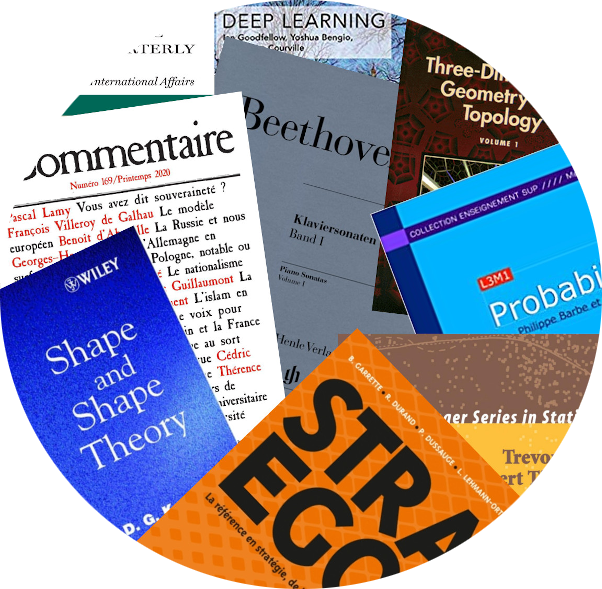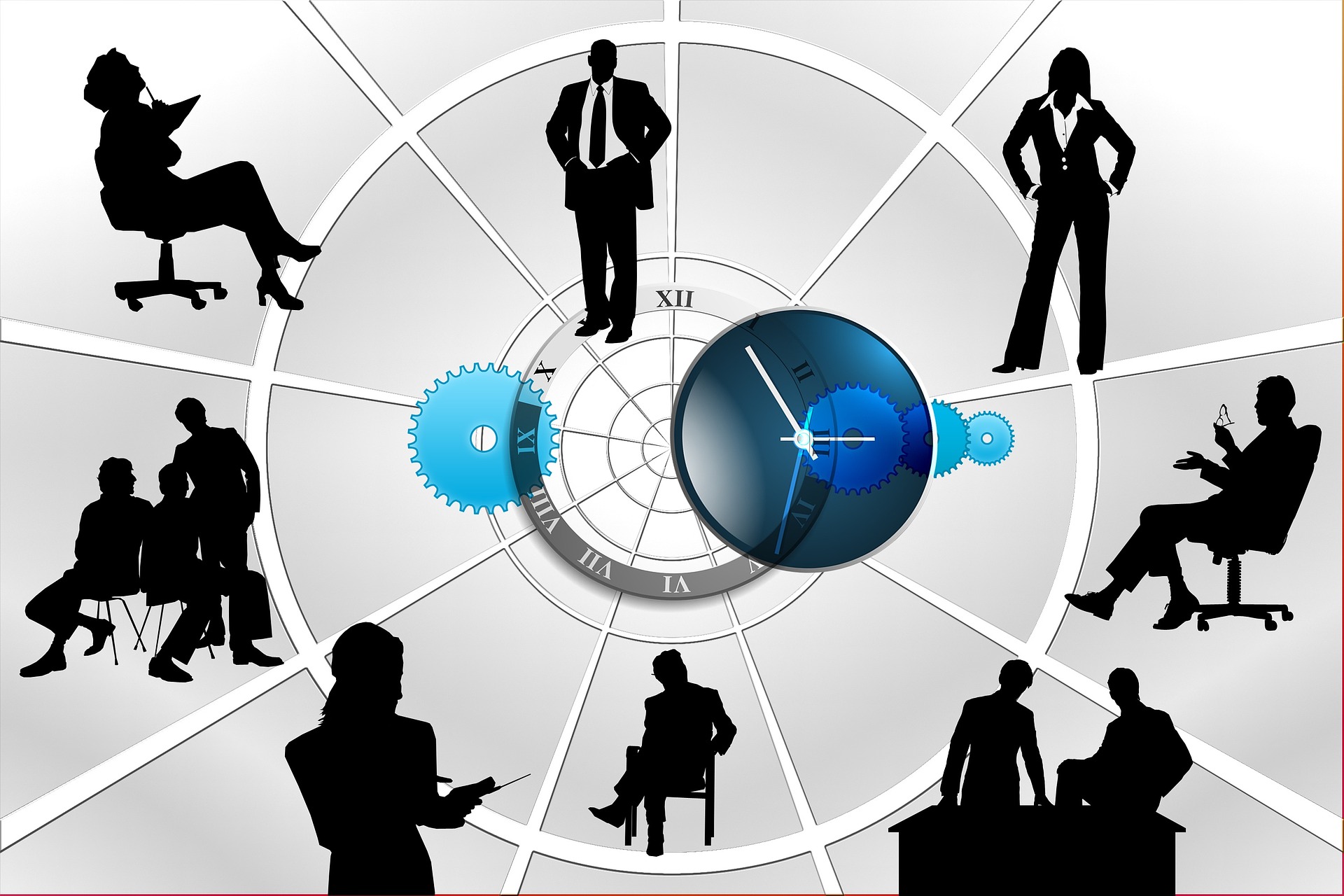 Philippe Barbe
Philippe Barbe

|
Transacting advertising in the traditional mediaby Philippe Barbe
13 Jan 2021
|
Part 10 of 20 in a series examining the interplay of Data Science, AI, the media and advertising.
In previous articles we saw how the primary divide in media between the old (i.e. edited), and the new (i.e. “anything goes”) is less about the support or the delivery mechanism, than it is about the curation that takes place.
Between the pages of a national newspapers or programming on a local radio or television stations, each of which offer highly selected content, and platforms like Facebook, Tweeter, LinkedIn, lies the knowledge and wisdom of editors, the control of the megaphone, the policing of the public discourse, and the selection of an audience. Things that advertisers should find attractive.
The edited media, in both their traditional or digital forms, have all the attributes to generate value, why have they failed to monetize what makes them appealing?
Complexity increased headcount
As media outlets proliferated, with more information available about the audience, the desire of brands to target more finely grew, requiring more knowledge and tools on the part of advertisers and their agencies to orchestrate ad campaigns.
Media outlets, searching for more revenue from increased advertising, wanted to keep control of their revenues, keep the personal relationship with local advertisers, and at the same time offer national services.
The response to all the new complexity was to create positions filled by intermediaries with highly specialized skills. For example, ad agencies hired media buyers specialized in a local TV markets while TV stations hired rep firms to negotiate on their behalf with these buyers.
The result is that today the media/advertising ecosystem is made up of legacy systems and legacy business processes which do not scale.
A segmented process
Consider: advertising campaign planning teams have to figure out how to reach the audiences, then, media buyers execute the plan, and buy the vehicle (air time in broadcast or cable media, space in print or digital, direct mail, billboards) requiring back and forth negotiation between the parties on price and the conditions of publication. For a national campaign these negotiations may go through rep firms which represent media groups and only then it reaches the media outlet.
Incredible as it might seem in the digital age, each intermediary has its own information system with very little integration between the players in the ecosystem. As recently as 2018, I observed humans manually typing hundreds of lines of advertising orders to move them from one software system to another. They couldn’t even copy and paste!
The built-in inefficiency of the existing systems and processes in the traditional media, coupled with the importance of established relationships between advertisers/agencies and media created a de facto barrier to entry that ensured a monopoly for the few big players.
With the shift of advertising money, not to digital per se, but to Google/Facebook, this system has become unsustainable.
Dealing with uncertainty
The growing complexity we have discussed in the media/advertising industry is compounded by something unique in the industry… uncertainty in the delivery of an ad as contracted.
Many advertisers book some TV air time 3 months in advance. Since events may change the programming, contracts specify what should happen in such a case: moving the ad to a different show, renegotiating the whole contract, abandoning it, etc.
One of the many roles of the intermediaries between the advertiser and the media outlets is to manage that uncertainty, making critical decisions when unexpected events impact delivery.
Because advertisers buy audience, they need to agree with media operators on the audience size that will be reached. The main difference between traditional and digital media is the uniqueness of the delivery mechanism’s when it comes to uncertainty.
Advertising in the local news Monday at 7am on the leading TV station in a specific market is a one-time, all-or-nothing event with no control of how many people are watching. The only control is if the ad is aired or not. For the advertiser it is a “pay-and-pray” scenario.
In contrast, in the digital space reaching men earning more than $100,000 on the internet can be achieved through many websites, and for each of these sites an advertiser can estimate in real time how much of the target has been reached.
Compared to the traditional delivery mechanism where views (“impressions”) are bought in an uncertain future bulk, which may or may not materialize, and may or may not be delivered exactly as planned, online advertisers can order (and pay for) an exact number impressions for an ad.
In the non-digital form of traditional media the future nature of the audience pits advertisers against media operators because the payment is not on what is delivered but on what is required: if the audience is not delivered, something needs to be done… typically run the ad a few more times… but if more is delivered, the advertiser incurs no extra cost. The game the parties play is: advertisers give high estimates on the future audience thus ensuring failure in delivery leading to extra runs of the ad at no extra cost, while the media operators have incentive to lower audience estimates to guarantee delivery. However, since advertisers think of the price as cost per impression, low estimates means more booking from the advertisers at a fixed cost per impression, therefore, a devaluation of the air time, and possibly a failure to meet a budget. Thus media operators are torn between ensuring delivery and losing value. Put differently, advertisers and media operators think of audience value in ways that do not align.
Finding the price
Negotiation is not conducive to transparency. Who pays the listed price of a house? Everyone negotiates.
Most media outlets have a media kit available to all, often with no prices listed although they do have “rate cards” internally that most often have pricing tiers. Very few advertisers pay the premium rate card price as they negotiate on volume, timing, flexibility, future business etc.
The combination of variables open for negotiation can be mind boggling!
For a TV commercial, an advertiser may want 15 seconds at the beginning of the commercial break, 15 seconds at the end, no competitor advertising in the same break, avoiding any show that has violent content, running only on Mondays and Tuesdays, between 5pm and 9pm.
The requirement preventing the TV station from selling any time in the commercial break to an advertiser in the same industry imposes a constraint that has a statistical cost. Statistical because these transactions are all about the future: if before the campaign starts no other advertiser requires the same break, then nothing was lost; but if a new advertiser makes a request that the station cannot accommodate it potentially loses a customer. The price for locking out the competitor has to be incorporate the value of potential lost opportunities. Determining how much higher is a job for sophisticated Data Science methods.
But there’s more. The order may come to the TV station in November for a commercial to be aired in February. What will the market be in February? No one knows, but a decision has to be made, a price needs to be agreed upon. Again, despite the promise of Data Science techniques to help answer these questions rationally, the industry is mostly stuck in the past, with each company unable to invest enough in the technical capability, and afraid of changes. Global brands in a hyper fragmented landscape
The cost of negotiating
This divergence of interest between buyers and sellers yields negotiations which are made all the more complex because commitments are made months in advance. Combined with the lack of automation, this prevents advertisers from easily substituting one outlet for another one, reducing their bargaining power.
The situation is no better for media operators because all these negotiations have a cost in terms of time and therefore personnel. In particular, media operators are well aware that even though technical progress may allow them to offer more ad revenue, the lack of scalability of the transaction process prevents them from taking advantage of this progress.
The complexity of transacting coupled with the fragmentation makes traditional media outlets less and less appealing for advertisers… a necessary evil because they still carry audience… but a painful one.
Bottom line, the uncertainty, pay-and-pray nature, and complexity of doing business with them pushes the traditional media industry toward irrelevance.
The challenges for automation
How does one automate a process that is so extraordinarily complex one can only marvel at the human minds that handle it?
And those humans have a vested interest in the results of any automation. Sales managers put their jobs on the line and non-compete agreements make losing a job particularly painful. Why should anyone entrust their success to statistical models built by outside firms who do not risk much, while the insiders risk their jobs?
Their bosses, the media operators have no incentive to put their entire revenue model on the line without serious guarantees which no one will give them because there is too much uncertainty, too much complexity and too many variables to manage. Google tried to tackle the television ad business circa 2010 using a bidding approach to the transaction. They abandoned the effort in 2012, for exactly these reasons.
Does this all mean it is hopeless and that the edited media are bound to die?
No.
But the solution requires understanding and acknowledgement that edited media is a very different industry than the non-edited one.
It is an industry where humans want to keep some control. The adoption problem is then, in a broad sense, a human computer interaction problem. Solutions that keep humans out are, for the time being, not viable.
The path forward is to take the industry where it is and evolve it gradually much as train automation started by assisting train operators, then operators supervising systems, which lead to driverless trains with humans in control rooms overseeing the automated system.
Such an incremental path would enable adoption and spread out the considerable investments required to build the systems the industry desperately needs.